Steel castings are workpieces made of cast steel, which have similar properties to cast iron, but are stronger than cast iron. Steel castings are prone to shortcomings such as pore defects and inaccurate angular positioning during the casting process. With the accelerated upgrading of the manufacturing industry and the continuous improvement of manufacturing technology and craftsmanship, relatively higher requirements will be placed on product quality.

Scanning steel castings
Practical problems
The customer is producing steel castings, and wants to detect that there is a problem with the comparison and analysis of the produced steel castings with the original digital model. Scanning steel castings has a large area, and the use of a new handheld 3D scanner can reduce the prerequisite sticking work and improve work efficiency. Traditional surveying and mapping methods have been difficult to meet the needs of the current market, and there will be large cumulative deviations, long time and high costs in the detection process.
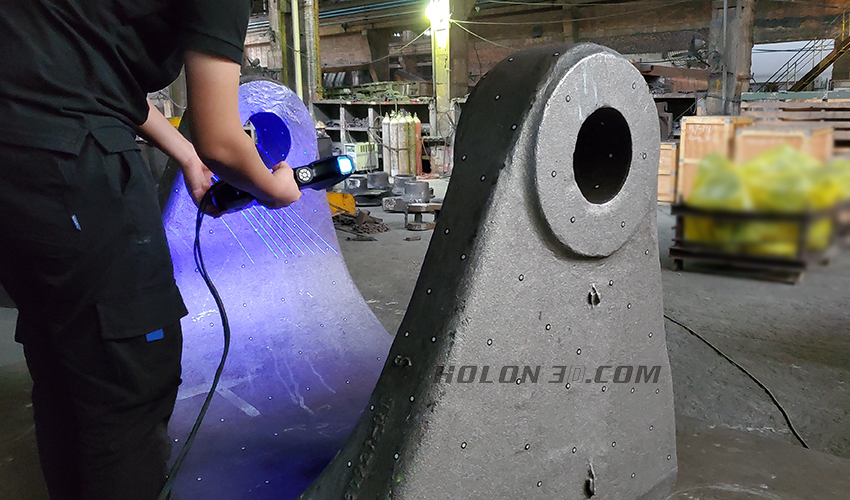
On-site scanning of steel castings
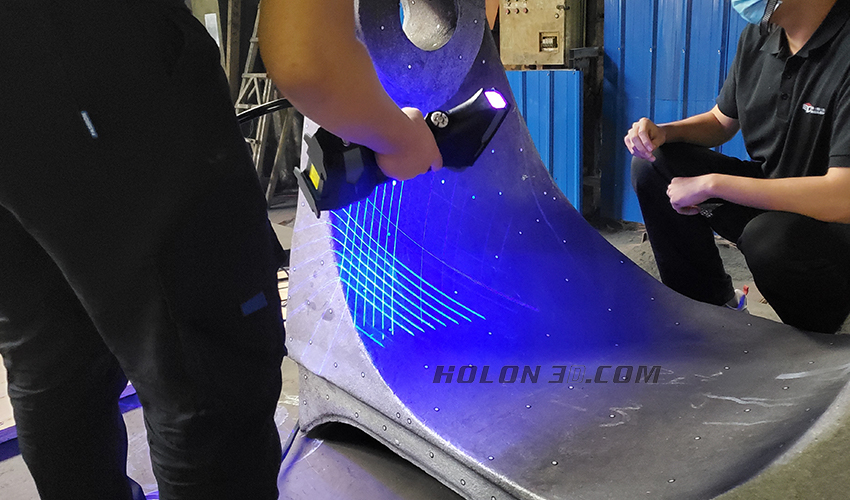
On-site scanning of steel castings
Holon solutions
Holon 3D technical engineers use the new handheld 3D scanner HOLON751 to scan the steel castings to obtain high-precision 3D data. The scanner has fast scanning speed, short time and high work efficiency. Import the acquired data into the 3D inspection software and compare it with the original digital model to obtain a simple and easy-to-understand inspection report. Customers can get detailed comparison data from the report, know the existing problems, and solve the customer's problems.
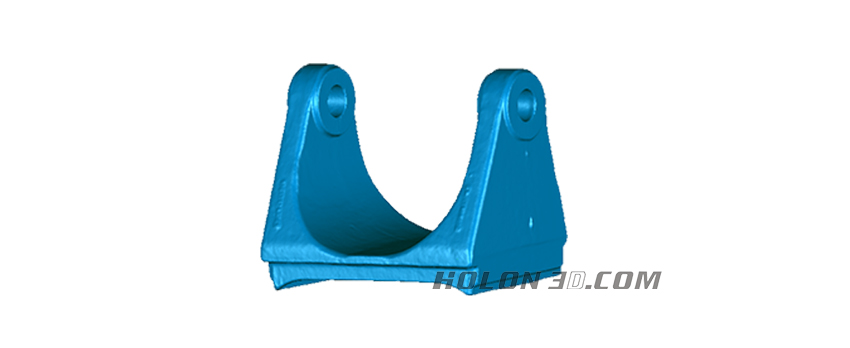
Scanning STL data map of steel castings
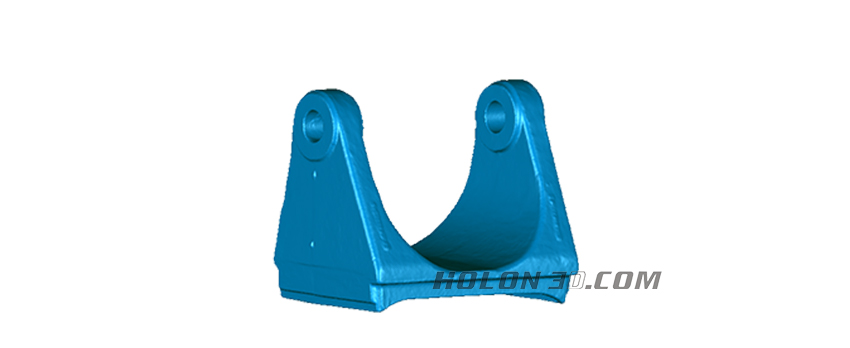
Scanning STL data map of steel castings
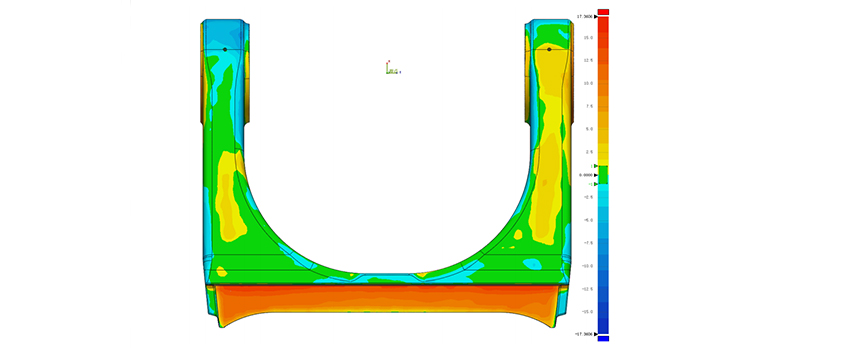
Steel casting inspection data
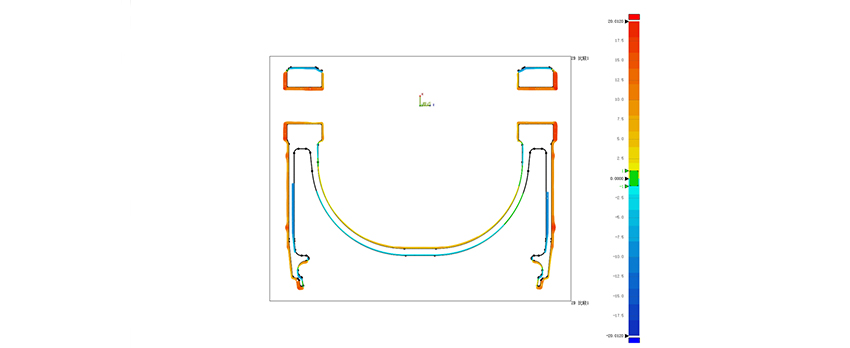
Steel casting inspection data
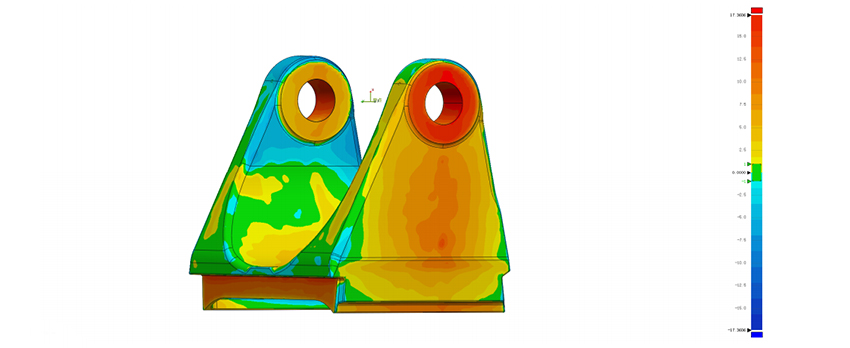
Steel casting inspection data